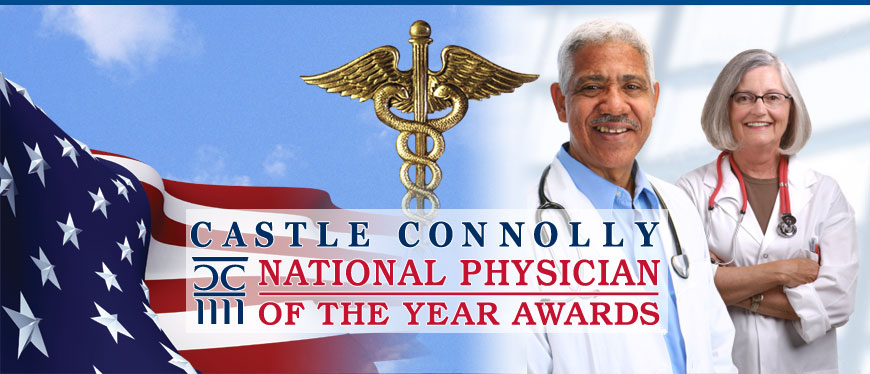June 19th, 2011 by AndrewSchorr in True Stories
1 Comment »

This has been a busy time for my family as my daughter, Ruthie, has just graduated from high school. Because we live in a close-knit, fairly small town, we were all zipping around in the days afterward attending graduation parties. We knew many of the 400 or so young people who graduated. In most cases they are blessed with good health and the prospect of a fun summer followed by a college education. But the health picture isn’t sunny for all of them.
I heard this story at one of the parties this weekend: A leader of the senior class, who had leukemia as a child and received many heavy-duty medicines to cure it, is now facing a kidney transplant. His kidney function numbers have taken a nose dive. Usually the wait for a transplant would be a couple of years or more and dialysis for a teenager. In the meantime, this would totally disrupt his life. But there is another way. We’ve talked about it very recently in our videos about kidney transplant: receive a donated kidney from someone who is living.
That is exactly what is happening. The young man will receive a kidney from Read more »
*This blog post was originally published at Andrew's Blog*
March 24th, 2009 by Dr. Val Jones in News
No Comments »
 I attended the fourth annual Castle Connolly National Physician of the Year Awards last night in New York City. It was truly moving to hear the incredible stories of triumph of each honoree – from military surgery (Dr. Judd Moul), to curing head and neck cancer (Dr. Carol Bradford), to expanding palliative care services for people not expecting a cure (Dr. Diane Meier) – each awardee embodied the very best character and principles one can hope for in a physician.
I attended the fourth annual Castle Connolly National Physician of the Year Awards last night in New York City. It was truly moving to hear the incredible stories of triumph of each honoree – from military surgery (Dr. Judd Moul), to curing head and neck cancer (Dr. Carol Bradford), to expanding palliative care services for people not expecting a cure (Dr. Diane Meier) – each awardee embodied the very best character and principles one can hope for in a physician.
But perhaps most moving of all was the story of lifetime achievement award-winner, Dr. Emil Freireich. Dr. Freireich was born to Hungarian immigrants, his father died when Emil was 2 years old, his mother worked in a sewing factory to provide for his needs growing up. Through sheer grit and determination, Emil managed to get himself to college and then medical school. He began his career in 1955 at the National Cancer Institute (and has been working at MD Anderson Cancer Center since 1965) where he was provided a challenge: to cure childhood leukemia. Here is what Dr. Freireich had to say about how things have advanced in the field of leukemia in his lifetime:
In 1955 when I began my career at the National Cancer Institute, children diagnosed with leukemia usually lived for about 8 weeks. They had about a 1% chance of surviving a year – and they had a median age of 5 years old at diagnosis.
The worst thing about leukemia was not the short life expectancy, but the way the children died. You see, leukemia destroys blood platelets (the part of the blood that allows it to clot), and produces its own anti-coagulant. So every child with leukemia died of massive hemorrhaging. As a doctor in 1955, when I entered the leukemia ward, all I saw was blood. The children were bleeding in their urine, stool, lungs, and even from their eyes. They would cough to breathe and spew blood as high as the ceilings. The wards were red with death.
But now, thanks to years of research and the development of combination chemotherapy, leukemia is not a death sentence. In most cases it can be cured, and in all cases we can stop the bleeding.
The most rewarding part of my career has been treating young children with leukemia, and watching these same children grow up to become physicians who treat other children with leukemia. I have passed the torch on to them, and I believe that they will one day find the cure for other cancers too. I believe we will get there soon.
I had the chance to interview Dr. Freireich for this blog last year. You may read more here. Congratulations to all the awardees of the event – carry the torch high for us docs, we need more stories of hope like yours… and thanks to Castle Connolly for such an inspirational evening.












